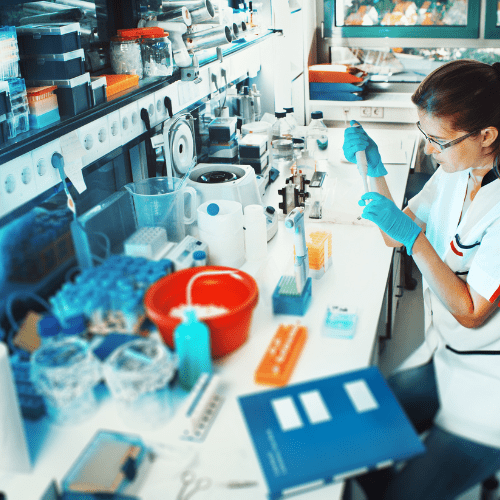The landscape of healthcare is continually evolving, driven by advancements in technology and the need for improved patient outcomes. Medical device innovation plays a pivotal role in this evolution, offering solutions that enhance diagnostics, treatment, and patient monitoring. However, the rapid pace of innovation also poses significant regulatory challenges. Ensuring that new medical devices are safe, effective, and reliable is paramount, which necessitates a robust regulatory framework. This article examines the intersection of medical device innovation and regulation, alongside the challenges faced in compliance for emerging technologies.
Exploring the Intersection of Medical Device Innovation and Regulation
The development of medical devices is a complex interplay of creativity, engineering, and scientific research. Innovations, ranging from minimally invasive surgical instruments to sophisticated diagnostic imaging systems, aim to address unmet clinical needs and improve patient care. However, the introduction of these devices into clinical practice is heavily influenced by regulatory requirements that ensure their safety and efficacy. Regulatory bodies, such as the U.S. Food and Drug Administration (FDA) and the European Medicines Agency (EMA), are tasked with evaluating new devices, necessitating a thorough understanding of both technological capabilities and clinical application.
Regulatory processes vary depending on the type of device and its associated risks. Classifications range from low-risk devices, which may require less rigorous oversight, to high-risk devices that undergo extensive pre-market testing and post-market surveillance. The regulatory pathway for innovative devices may involve pre-market notifications (510(k)), pre-market approval (PMA), or a de novo classification, each with its own set of requirements. This framework is essential for balancing the need for innovation with the imperative of patient safety, ensuring that new technologies do not compromise care quality.
Moreover, the dynamic nature of medical device innovation requires regulatory bodies to adapt continuously. Emerging technologies such as artificial intelligence (AI), telehealth solutions, and wearable devices introduce novel challenges that existing regulations may not adequately address. Consequently, regulatory agencies are increasingly engaging with industry stakeholders to develop guidelines that foster innovation while maintaining stringent safety standards. Collaborative efforts are vital to ensure that the regulatory landscape supports the timely introduction of groundbreaking technologies that can transform patient care.
Navigating Challenges in Compliance for Emerging Technologies
As technology evolves, so too does the complexity of ensuring compliance with regulatory standards. One significant challenge involves interpreting existing regulations in the context of novel technologies. For instance, AI-driven devices may rely on machine learning algorithms that continually evolve based on new data, complicating the assessment of their safety and effectiveness over time. Regulators must grapple with questions of validation, transparency, and accountability, especially when the inner workings of an algorithm are not fully understood even by its developers.
Additionally, the global nature of medical device manufacturing and distribution introduces further compliance challenges. Different countries have varying regulatory frameworks, which can create confusion and increase the burden on manufacturers looking to market their products internationally. Companies must navigate these diverse requirements, often facing delays and additional costs to ensure that they meet the standards of each regulatory body. This increased complexity can deter innovation and impede the timely delivery of new medical devices to patients who need them.
Moreover, the rapid pace of technological advancement often outstrips the ability of regulatory frameworks to keep pace. This lag can lead to situations where innovative devices are subjected to outdated regulations, potentially stifling their development. To mitigate these challenges, regulatory bodies are exploring adaptive pathways and expedited review processes for breakthrough innovations. By fostering a more agile regulatory environment, stakeholders can better support the introduction of emerging technologies while safeguarding public health.
In conclusion, the intersection of medical device innovation and regulation is a critical juncture that shapes the future of healthcare. As new technologies emerge, the challenge lies in creating a regulatory framework that fosters innovation while ensuring the safety and efficacy of medical devices. Navigating compliance in a rapidly changing landscape requires collaboration among regulatory bodies, industry stakeholders, and healthcare professionals. By addressing the complexities of regulation and embracing the opportunities presented by emerging technologies, we can enhance patient care and ultimately improve health outcomes on a global scale.




